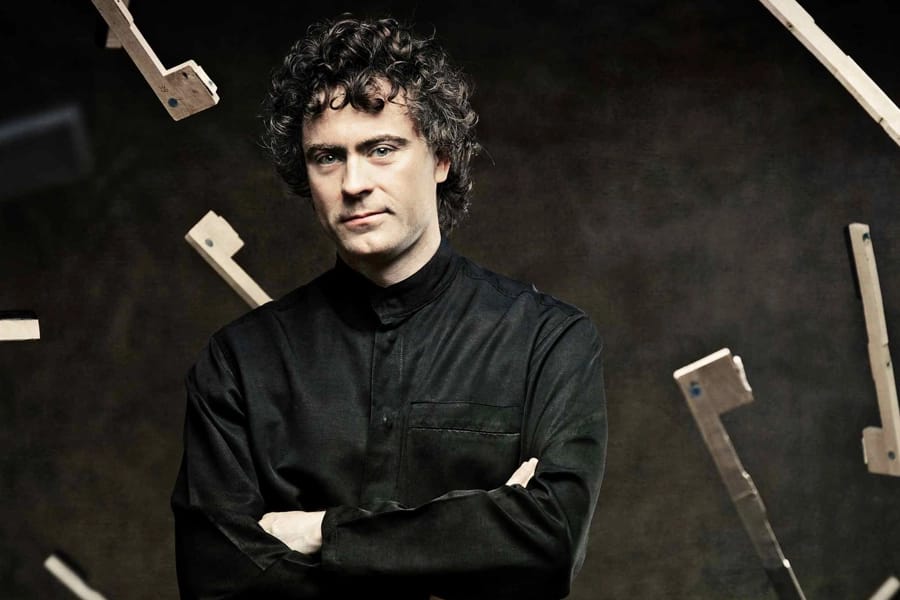
British pianist Paul Lewis joins the San Francisco Symphony in 3 performances this week of Beethoven’s Third Piano Concerto, a work that he sees as a turning point for the composer. Daniel Harding conducts the concerts (which include a 2:00 afternoon performance Thursday) the other half of which is Richard Strauss’ An Alpine Symphony.
There’s more information about the concerts at the San Francisco Symphony website.
“In many ways, the third is very typical of middle-period Beethoven,” he says. “I mean, it’s the start of that period, but it has that dramatic Beethovenean stamp, unmistakeably, really.” Lewis should know, he’s performed and recorded all of the sonatas and concertos. “This is the point at which Beethoven really, truly makes his mark. Aside from the character, the piano writing, the orchestral writing, it’s interesting to see that the cadenza now is an integral part of the structure of the first movement. He doesn’t just leave it to the soloist to improvise their way through. He writes it, and in fact, the climax of the whole first movement is in the cadenza. He takes a far more integral approach to structure. And that’s one of the things that really makes it a pivotal work in the cycle.” Beethoven chose to go harmonically far afield in the middle movement of the concerto, as well. Normally in a work in C minor, the middle movement might be in the relative Major key that shares its key signature: E-flat. But instead, it’s in E Major. “There has to be some sort of tension that you hold between the end of the first movement and the beginning of the second. Because that C minor to E major is just the most wonderful thing. The first time you hear the E major chord, I mean, it’s such a different world away, and the effect of the contrast is… is huge.” He returns to C minor for the third movement, which has an insistent rondo theme. “It’s so full of tension as well. There’s so much tension so far, certainly in the first movement – that C minor drama and tension comes back. He really doesn’t resolve it until the very end. Another typically Beethovenean hallmark.”







